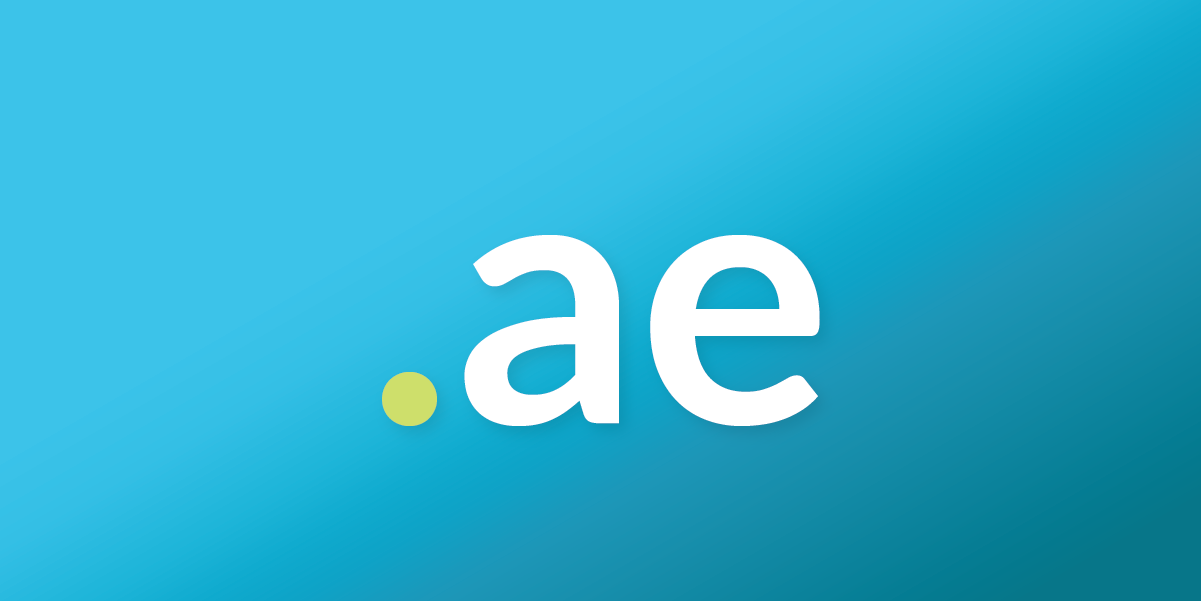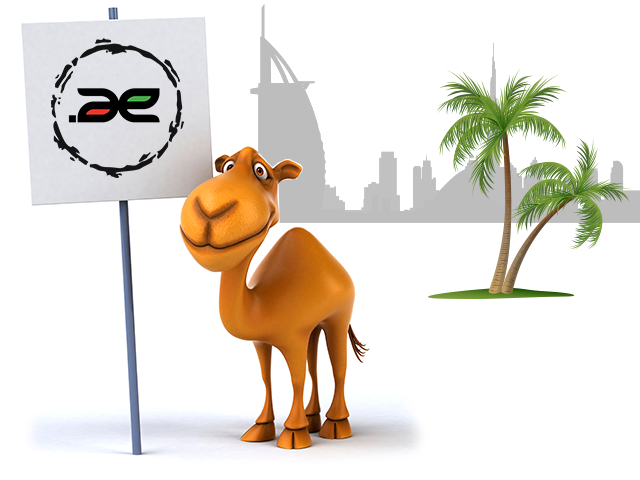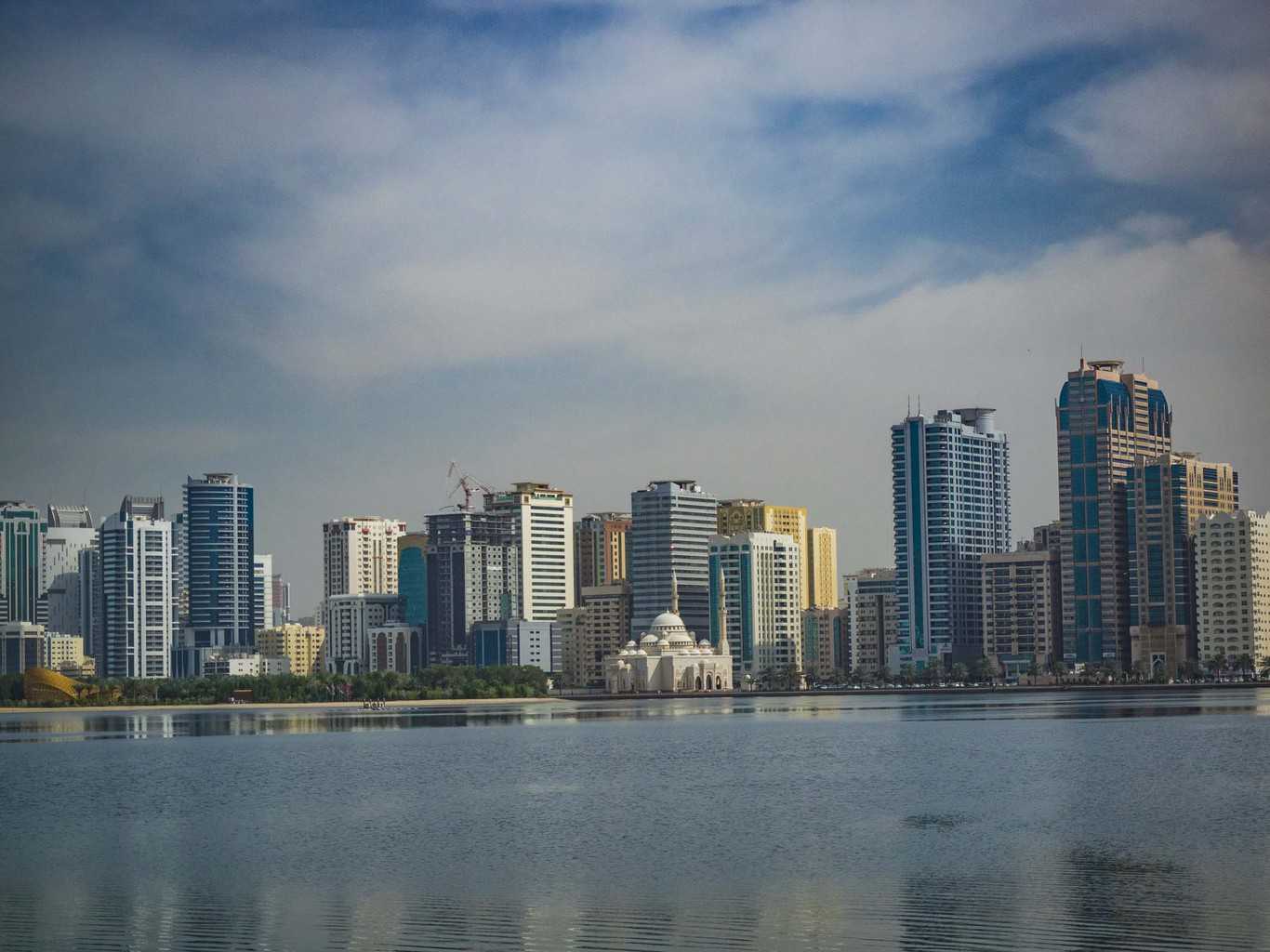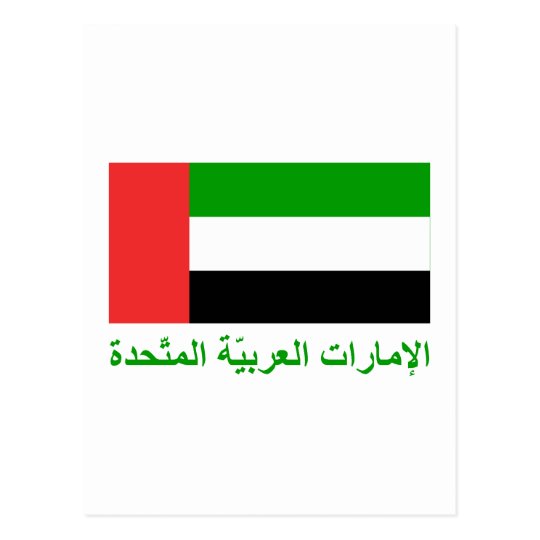The first time it connects to a PostgreSQL server or cluster, the connector takes a consistent snapshot of all schemas. After that snapshot is full, the connector repeatedly captures row-level adjustments that insert, update, and delete database content and that have been dedicated to a PostgreSQL database. The connector generates knowledge change occasion data and streams them to Kafka subjects. For each table, the default habits is that the connector streams all generated occasions to a separate Kafka topic for that desk. Applications and services devour information change event records from that subject. The Debezium PostgreSQL connector acts as a PostgreSQL consumer. When the connector receives changes it transforms the events into Debezium create, update, or delete events that include the LSN of the event. The PostgreSQL connector forwards these change events in data to the Kafka Connect framework, which is working in the identical process. The Kafka Connect process asynchronously writes the change occasion information in the identical order during which they were generated to the appropriate Kafka subject. The connector produces a change occasion for every row-level insert, replace, and delete operation that was captured and sends change occasion records for each table in a separate Kafka subject. Client functions learn the Kafka matters that correspond to the database tables of interest, and can react to each row-level occasion they obtain from those matters. Temporal provides a number of highly-reliable mechanisms for orchestrating microservices but the most important is state preservation. State preservation is a Temporal function that makes use of event sourcing to automatically persist any stateful change in a operating application. That's to say if the computer running your Temporal workflow perform crashes, the code shall be resumed mechanically on a unique computer like the crash never occurred.
This even consists of native variables, threads, and other application-specific state. The best approach to understand how this function works, is by an analogy. As a developer today, you're most probably counting on version management SVN (it's the OG Git) to trace the changes you make to your code. The factor about SVN, is that it's not snapshotting the comprehensive state of your software after every change you make. SVN works by only storing new information after which references current recordsdata avoiding the necessity to duplicate them. Temporal is type of like SVN for the stateful historical past of working applications. Whenever your code modifies the applying state, Temporal mechanically stores that change in a fault-tolerant method. This means that Temporal can't only restore crashed purposes, but also roll them back, fork them and much more. The result's that builders no longer have to build functions with the assumption the underlying server can fail. Heartbeat messages are needed when there are numerous updates in a database that's being tracked however only a tiny variety of updates are associated to the table and schema for which the connector is capturing modifications. In this case, the connector reads from the database transaction log as traditional but not often emits change information to Kafka. This signifies that no offset updates are dedicated to Kafka and the connector does not have a possibility to send the most recent retrieved LSN to the database. The database retains WAL recordsdata that comprise occasions that have already been processed by the connector. Sending heartbeat messages allows the connector to ship the latest retrieved LSN to the database, which permits the database to reclaim disk space being utilized by now not wanted WAL files. When the time.precision.mode configuration property is ready to connect, the connector makes use of Kafka Connect logical varieties. This may be helpful when customers can deal with only the built-in Kafka Connect logical sorts and are unable to deal with variable-precision time values. This publication is created at start-up if it does not already exist and it consists of all tables.
Debezium then applies its own include/exclude record filtering, if configured, to limit the publication to vary occasions for the precise tables of interest. The connector consumer will must have superuser permissions to create this publication, so it is usually preferable to create the publication earlier than starting the connector for the primary time. As a snapshot proceeds, it's probably that other processes continue to access the database, doubtlessly modifying table data. To reflect such adjustments, INSERT, UPDATE, or DELETE operations are dedicated to the transaction log as per usual. Similarly, the ongoing Debezium streaming process continues to detect these change occasions and emits corresponding change event information to Kafka. This is elective, and there are different properties for itemizing the schemas and tables to include or exclude from monitoring. When the time.precision.mode configuration property is ready to adaptive_time_microseconds, the connector determines the literal kind and semantic sort for temporal varieties based mostly on the column's knowledge kind definition. This ensures that occasions precisely represent the values within the database, besides all TIME fields are captured as microseconds. Most PostgreSQL servers are configured to not retain the entire historical past of the database within the WAL segments. This implies that the PostgreSQL connector could be unable to see the whole historical past of the database by studying only the WAL.
Consequently, the primary time that the connector starts, it performs an initial consistent snapshot of the database. The default behavior for performing a snapshot consists of the following steps. You can change this conduct by setting the snapshot.mode connector configuration property to a worth aside from initial. Debezium is an open supply distributed platform that turns your present databases into occasion streams, so functions can see and reply nearly immediately to each committed row-level change within the databases. Debezium is constructed on top of Kafka and provides Kafka Connect suitable connectors that monitor specific database administration techniques. Debezium is open source under the Apache License, Version 2.0. With monoliths, there was generally one database occasion and one software server. And since a monolith can't be damaged down, there are only two practical options for scaling. The first possibility is vertical scaling which means upgrading hardware to extend throughput/capacity. Vertical scaling can be environment friendly but it's expensive and undoubtedly not a permanent solution in case your application needs continue to grow. If you vertically scale enough, you eventually run out of hardware to upgrade. The second choice is horizontal scaling, which in the case of a monolith means just creating copies of itself so that each serves a selected set of users/requests and so forth. Horizontally scaling monoliths leads to resource underutilization and at excessive enough scales simply plain won't work. This just isn't the case with microservices, whose value comes from the power to have multiple "types" of databases, queues, and other servers that are scaled and operated independently. But the first problem folks noticed after they switched to microservices was that they'd suddenly turn out to be accountable for lots of several types of servers and databases. For a very lengthy time, this aspect of microservices wasn't addressed and developers and operators were left to solve it themselves. Solving the infrastructure administration points that include microservices is tough, which left purposes unreliable at best. The new primary should have the logical decoding plug-in installed and a replication slot that's configured to be used by the plug-in and the database for which you want to seize changes. Only then can you level the connector to the brand new server and restart the connector.
Positive integer value that specifies the utmost variety of records that the blocking queue can maintain. When Debezium reads occasions streamed from the database, it places the events in the blocking queue before it writes them to Kafka. The blocking queue can provide backpressure for studying change events from the database in cases the place the connector ingests messages quicker than it can write them to Kafka, or when Kafka becomes unavailable. Events which may be held within the queue are disregarded when the connector periodically data offsets. Always set the worth of max.queue.measurement to be bigger than the worth of max.batch.dimension. When a connector is configured this manner, its conduct when it starts is as follows. If there is a beforehand stored LSN in the Kafka offsets subject, the connector continues streaming changes from that place. If no LSN has been stored, the connector begins streaming adjustments from the point in time when the PostgreSQL logical replication slot was created on the server. The by no means snapshot mode is helpful only when you realize all knowledge of interest continues to be mirrored in the WAL. An elective, comma-separated list of normal expressions that match the fully-qualified names of character-based columns. Fully-qualified names for columns are of the form schemaName.tableName.columnName. In change event data, values in these columns are truncated if they're longer than the number of characters specified by size in the property name. You can specify multiple properties with different lengths in a single configuration.
Length have to be a constructive integer, for example, +column.truncate.to.20.chars. After the connector starts, it performs a consistent snapshot of the PostgreSQL server databases that the connector is configured for. The connector then begins producing information change occasions for row-level operations and streaming change event data to Kafka matters. As mentioned to begin with, PostgreSQL (for all variations ⇐ 12) supports logical replication slots on only major servers. This implies that a reproduction in a PostgreSQL cluster cannot be configured for logical replication, and consequently that the Debezium PostgreSQL connector can join and communicate with only the first server. When the cluster is repaired, if the original major server is once again promoted to major, you'll be able to restart the connector. Debezium streams change occasions for PostgreSQL source tables from publications which are created for the tables. Publications comprise a filtered set of change events that are generated from one or more tables. The data in every publication is filtered based mostly on the publication specification. The specification could be created by the PostgreSQL database administrator or by the Debezium connector. To allow the Debezium PostgreSQL connector to create publications and specify the information to copy to them, the connector should function with particular privileges in the database. The PostgreSQL connector works with one of Debezium's supported logical decoding plug-ins to obtain change occasions from the database in both the Protobuf format or the pgoutput format. The pgoutput plugin comes out-of-the-box with the PostgreSQL database. For extra particulars on using Protobuf through the decoderbufs plug-in, see the plug-in documentation which discusses its necessities, limitations, and how to compile it. For every data collection, the Debezium emits two kinds of events, and shops the records for them both in a single destination Kafka topic. The snapshot data that it captures directly from a table are emitted as READ operations. Meanwhile, as users continue to replace information in the information collection, and the transaction log is up to date to replicate every commit, Debezium emits UPDATE or DELETE operations for each change. You can run an incremental snapshot on demand at any time, and repeat the process as wanted to adapt to database updates. For instance, you might re-run a snapshot after you modify the connector configuration to add a desk to its desk.embrace.list property.
Pgoutput is the standard logical decoding output plug-in in PostgreSQL 10+. It is maintained by the PostgreSQL community, and used by PostgreSQL itself for logical replication. This plug-in is at all times present so no extra libraries must be installed. The Debezium connector interprets the uncooked replication occasion stream immediately into change events. A listing of expressions that specify the columns that the connector uses to form customized message keys for change event records that it publishes to the Kafka matters for specified tables. An optional, comma-separated list of standard expressions that match the fully-qualified names of columns that ought to be excluded from change occasion record values. An optionally available, comma-separated list of standard expressions that match the fully-qualified names of columns that should be included in change occasion record values. There are many updates in a database that is being tracked however only a tiny number of updates are related to the table and schema for which the connector is capturing modifications. This scenario may be easily solved with periodic heartbeat occasions. Set the heartbeat.interval.ms connector configuration property. Before using the PostgreSQL connector to monitor the changes dedicated on a PostgreSQL server, resolve which logical decoding plug-in you plan to make use of. If you propose to not use the native pgoutput logical replication stream assist, then you must set up the logical decoding plug-in into the PostgreSQL server. Afterward, enable a replication slot, and configure a consumer with adequate privileges to carry out the replication. Default values may seem 'early' within the Kafka schema, if a schema refresh is triggered while the connector has information ready to be processed. This is due to the column metadata being read from the database at refresh time, rather than being current within the replication message. This might occur if the connector is behind and a refresh happens, or on connector begin if the connector was stopped for a time while updates continued to be written to the source database. It is feasible to override the table's main key by setting the message.key.columns connector configuration property. In this case, the primary schema subject describes the structure of the necessary thing identified by that property.
You initiate an ad hoc snapshot by including an entry with the execute-snapshot signal sort to the signaling desk. After the connector processes the message, it begins the snapshot operation. The snapshot process reads the first and last major key values and makes use of those values as the beginning and finish point for every desk. Based on the number of entries within the desk, and the configured chunk measurement, Debezium divides the desk into chunks, and proceeds to snapshot every chunk, in succession, separately. Debezium is not the only course of accessing the database. We can count on a multitude of processes accessing the database concurrently, probably accessing the same data which presently are snapshotted. As shown within the picture, any modifications to data are written to the transaction log primarily based on the commit order. As it's not possible to exactly time the chunk learn transaction to establish potential conflicts, the open and shut window events are added to demarcate the time by which the conflicts can happen. Debezium's task is the deduplication of those conflicts. The Tobin Montessori & Vassal Lane Upper Schools project is a significant endeavor. It features a full 539-seat auditorium that may function a City-wide resource, a cafeteria that can serve both Schools and the ASD program concurrently with audiovisual help for particular occasions.
It has two gymnasiums that can be accessed after hours. The project features a professional growth room for teacher education that may additionally be used as a multipurpose room. Other instructional options include studying centers for each School and a life abilities room for the Vassal Lane Upper School. As the connector generates change occasions, the Kafka Connect framework records those events in Kafka by using the Kafka producer API. Periodically, at a frequency that you simply specify within the Kafka Connect configuration, Kafka Connect data the most recent offset that seems in those change occasions. If the Kafka brokers become unavailable, the Kafka Connect process that's working the connectors repeatedly tries to reconnect to the Kafka brokers. In different phrases, the connector duties pause till a connection may be re-established, at which level the connectors resume exactly the place they left off. If the Kafka Connector process stops unexpectedly, any connector duties it was operating terminate without recording their most recently processed offsets. When Kafka Connect is being run in distributed mode, Kafka Connect restarts those connector tasks on different processes. However, PostgreSQL connectors resume from the last offset that was recorded by the earlier processes. This signifies that the new replacement duties may generate a few of the identical change events that were processed simply prior to the crash. The variety of duplicate events is determined by the offset flush interval and the amount of information adjustments just earlier than the crash.
Consumers risk backward compatibility issues when embrace.unknown.datatypes is about to true. In basic, when encountering unsupported knowledge types, create a characteristic request in order that support could be added. When the time.precision.mode property is set to adaptive, the default, the connector determines the literal sort and semantic type based mostly on the column's information kind definition. This ensures that occasions exactly represent the values in the database. An elective field that contains values that had been in the row earlier than the database commit. In this instance, only the primary key column, id, is present because the table's REPLICA IDENTITY setting is, by default, DEFAULT. + For an update event to include the earlier values of all columns within the row, you would need to change the purchasers desk by running ALTER TABLE prospects REPLICA IDENTITY FULL. As the snapshot window opens, and Debezium begins processing a snapshot chunk, it delivers snapshot data to a reminiscence buffer. During the snapshot home windows, the primary keys of the READ occasions within the buffer are in comparability with the first keys of the incoming streamed occasions. If no match is found, the streamed event document is distributed directly to Kafka. If Debezium detects a match, it discards the buffered READ event, and writes the streamed record to the vacation spot topic, as a result of the streamed occasion logically supersede the static snapshot event. After the snapshot window for the chunk closes, the buffer contains only READ events for which no associated transaction log events exist. Debezium emits these remaining READ occasions to the table's Kafka topic. The connector performs a database snapshot and stops earlier than streaming any change event information. If the connector had started however didn't full a snapshot before stopping, the connector restarts the snapshot course of and stops when the snapshot completes. Before the snapshot window opens, information K1 gets inserted, K2 up to date, and K3 deleted. These events are sent downstream as they are read from the log. The snapshot windows opens, and its query selects K1, K2, and K4 into the buffer.



























































